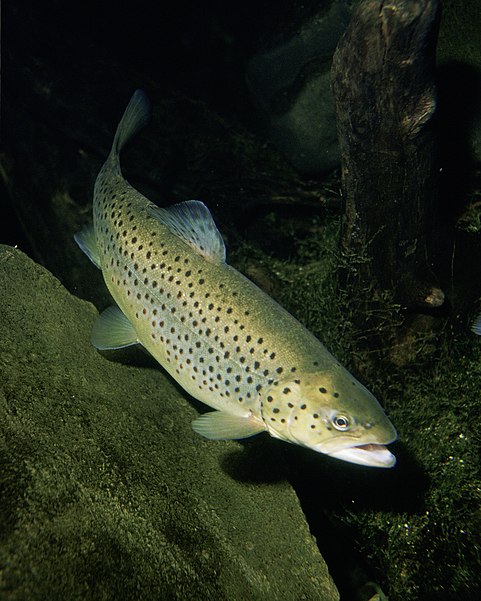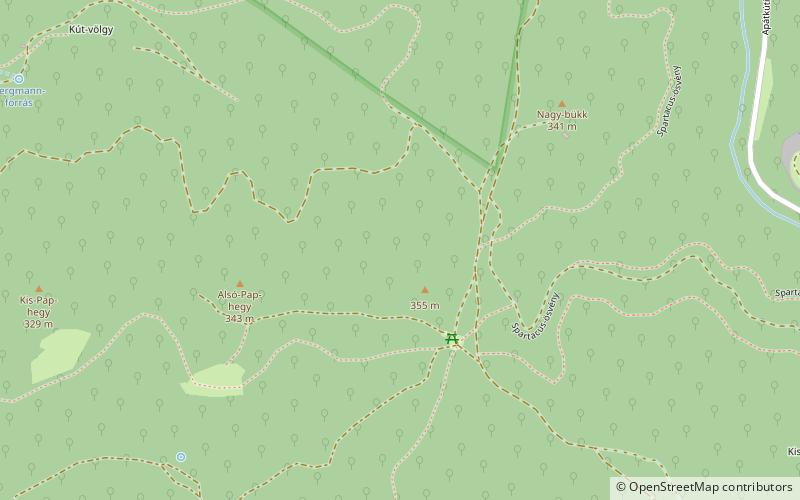Danube-Ipoly National Park

Facts and practical information
Nestled in the heart of Hungary, the Danube-Ipoly National Park is a verdant oasis that offers a serene escape from the bustle of city life. Established in 1997, this park spans an area of over 600 square kilometers, making it one of Hungary's most extensive national parks. Its name is derived from the two rivers that define its landscape: the mighty Danube and the smaller but picturesque Ipoly.
The park is renowned for its diverse ecosystems, which range from lush river valleys to rocky hills and dense forests. It serves as a refuge for a wide array of flora and fauna, some of which are endemic to the region. Visitors to the park can expect to encounter a variety of wildlife, including deer, boars, and numerous bird species, making it a paradise for nature enthusiasts and bird watchers alike.
Apart from its natural beauty, Danube-Ipoly National Park is steeped in history. The area is dotted with medieval ruins, fortresses, and caves that were once inhabited by prehistoric humans. One of the park's most famous attractions is the Pilis Mountains, which are not only a hiker's delight but also a place filled with legends and tales from the past.
The park's management is dedicated to conservation efforts, ensuring that its pristine habitats and archaeological sites are preserved for future generations. Educational programs and guided tours are available, providing valuable insights into the park's ecological significance and historical context.
Danube-Ipoly National Park – popular in the area (distance from the attraction)
Nearby attractions include: Hungarian Open Air Museum, King Matthias Museum, Visegrád Mountains, Gorka-múzeum.


















